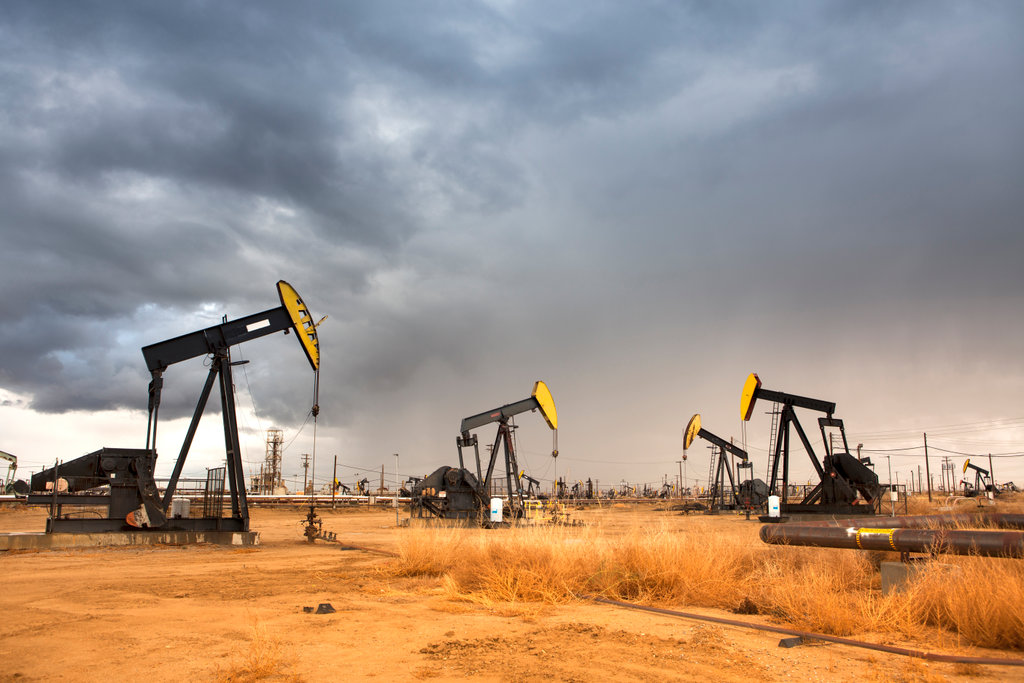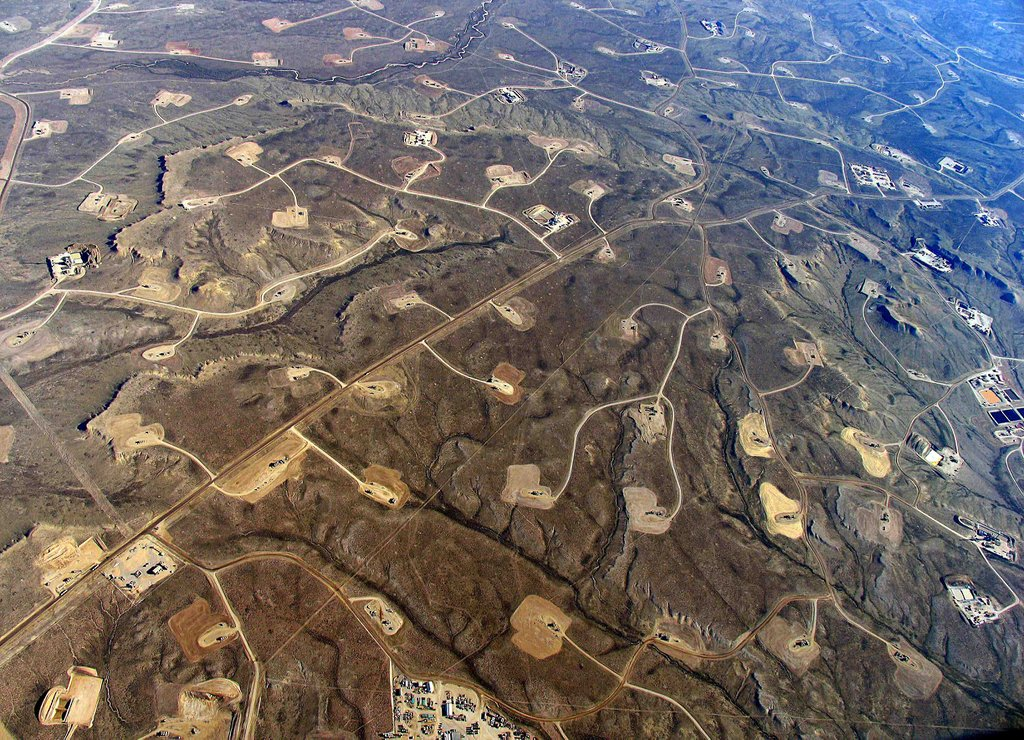GML is granted funding to investigate COVID impacts on the U.S. non-CO2 greenhouse gas emissions

A new research initiative “Quantifying the impacts of COVID-19 on U.S. national and regional non-CO2 greenhouse gas emissions from atmospheric observations” is granted funding from Climate Program Office’s Atmospheric Chemistry, Carbon Cycle, and Climate (AC4) program and Climate Observations and Monitoring (COM) program. GML & CIRES scientist Lei Hu is the lead scientist for this project.
The COVID-19 pandemic has led to interruptions of economic activities globally, which altered fossil fuel burning and greenhouse gas emissions. A few studies estimated the impact of COVID-19 on anthropogenic greenhouse gas emissions based on inventory-based accounting methods, but those estimates often contain unknown uncertainties. Furthermore, estimates of national- and regional-scale emission perturbations on potent greenhouse gases such as methane, nitrous oxide, fluorinated gases, and ozone-depleting substances associated with COVID-19 are near absent.
Unlike carbon dioxide, these potent greenhouse gases have a much lower fraction of natural sources across the U.S. Their atmospheric mole fractions are more sensitive to changes in anthropogenic emissions. Many of these gases are primarily emitted from a specific sector. For example, methane and nitrous oxide are mainly emitted from the oil, gas and agricultural production regions and fluorinated gases come from transportation, commercial and industrial sectors. The emission reductions of these gases can further inform us of the COVID-19 impacts upon specific activities.

The research will leverage NOAA’s in situ sampling network, aircraft observations, and satellite observations, to study how emissions of methane, nitrous oxide, fluorinated gas, sulfur hexafluoride, hydrochlorofluorocarbons (HCFCs), carbon tetrafluoride (CF4), and sulfuryl fluoride (SO2F2) changed in response to COVID-19 impacts on human activities at national and regional scales.
The suite of observations will be used to derive emissions through the pandemic period using inverse modeling techniques. Researchers will compare these atmospheric observation-based top-down estimates with bottom-up inventory-based estimates to evaluate which sectors or processes were responsible for changes in greenhouse gas emissions in the US during the pandemic.
